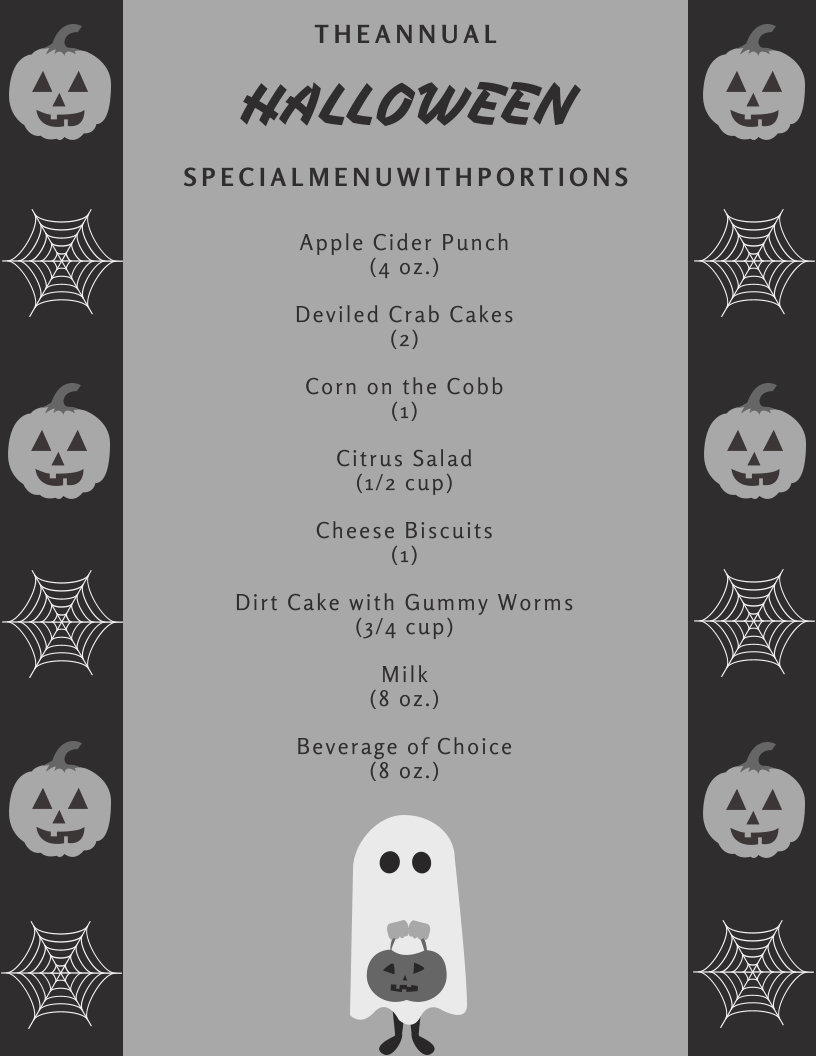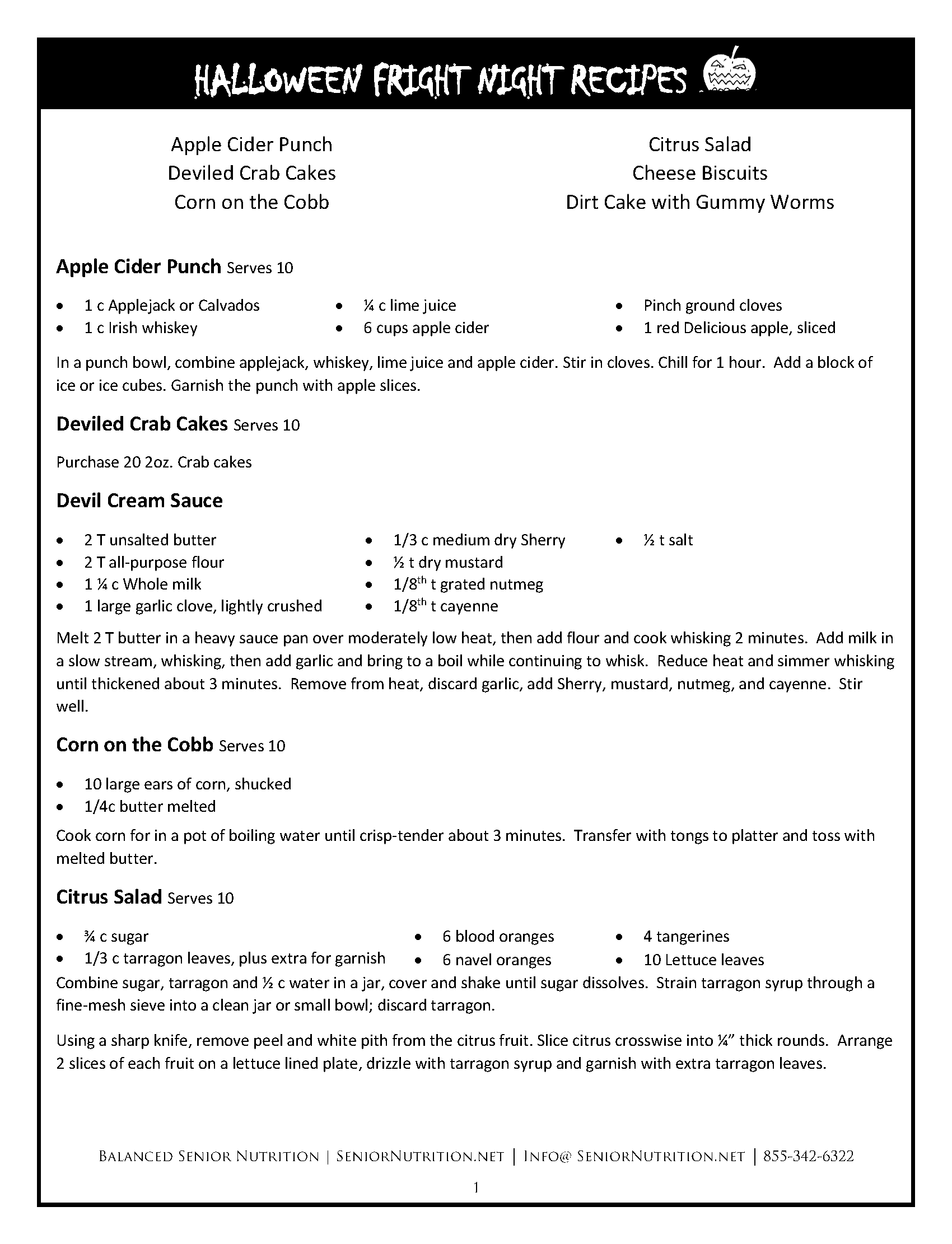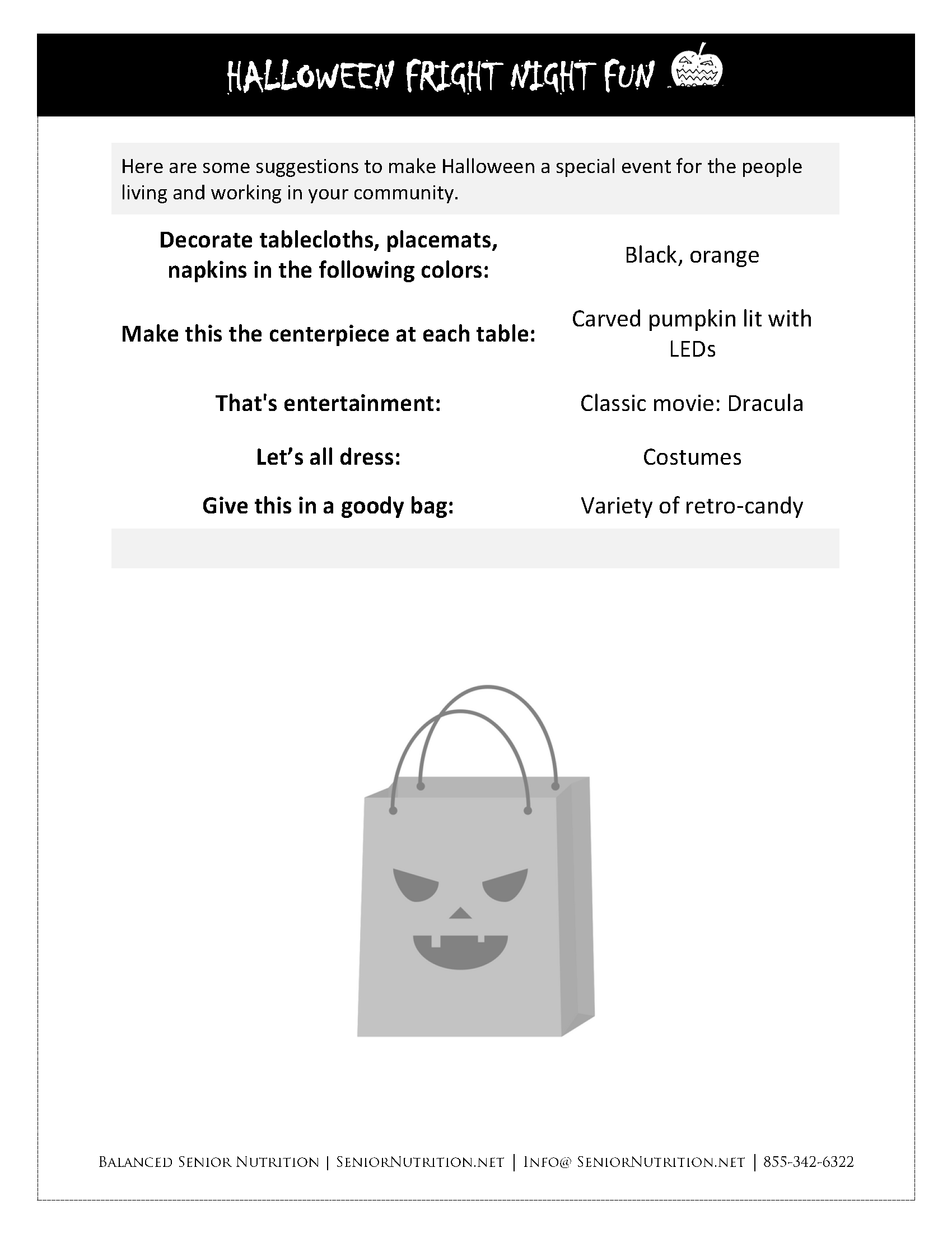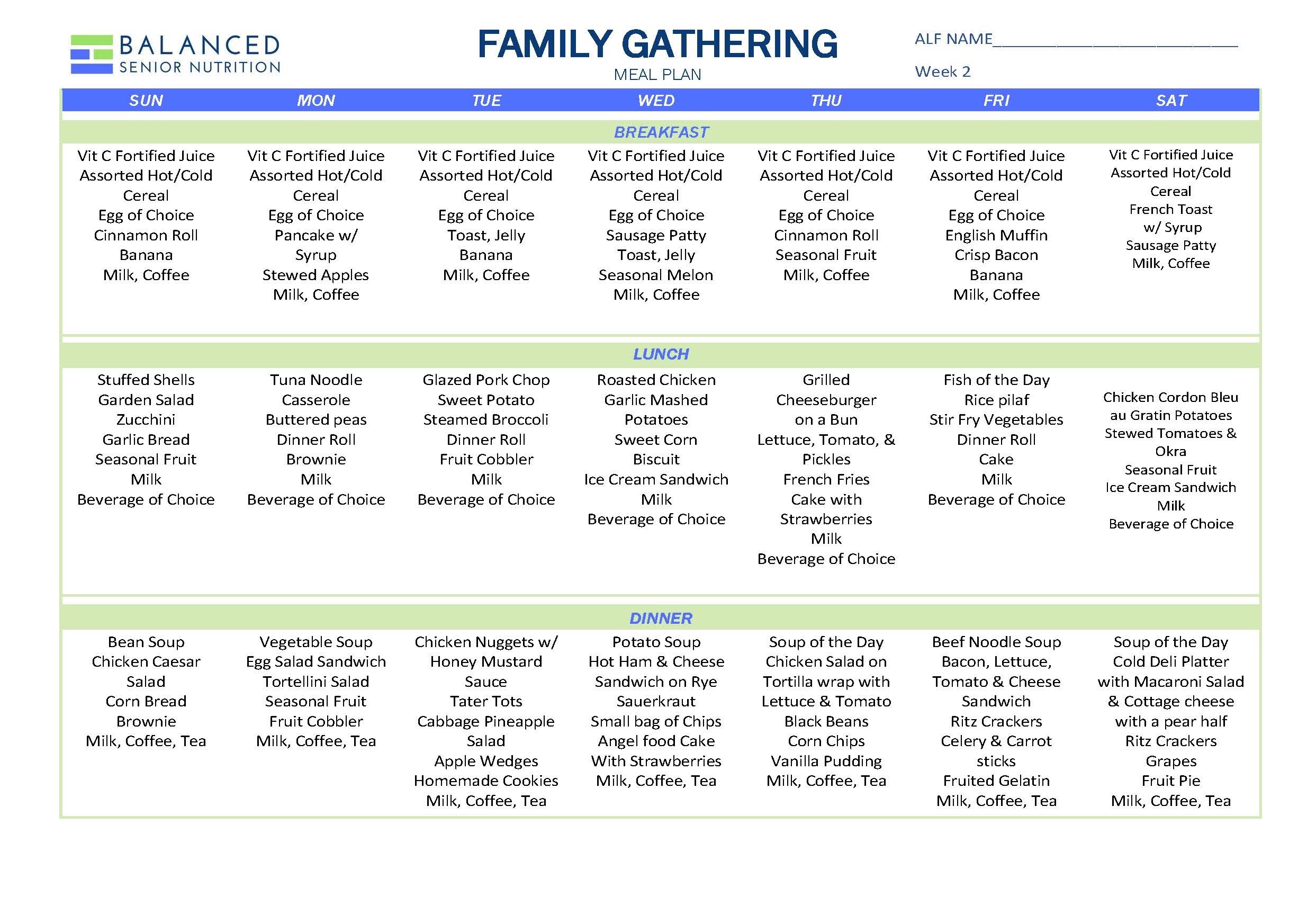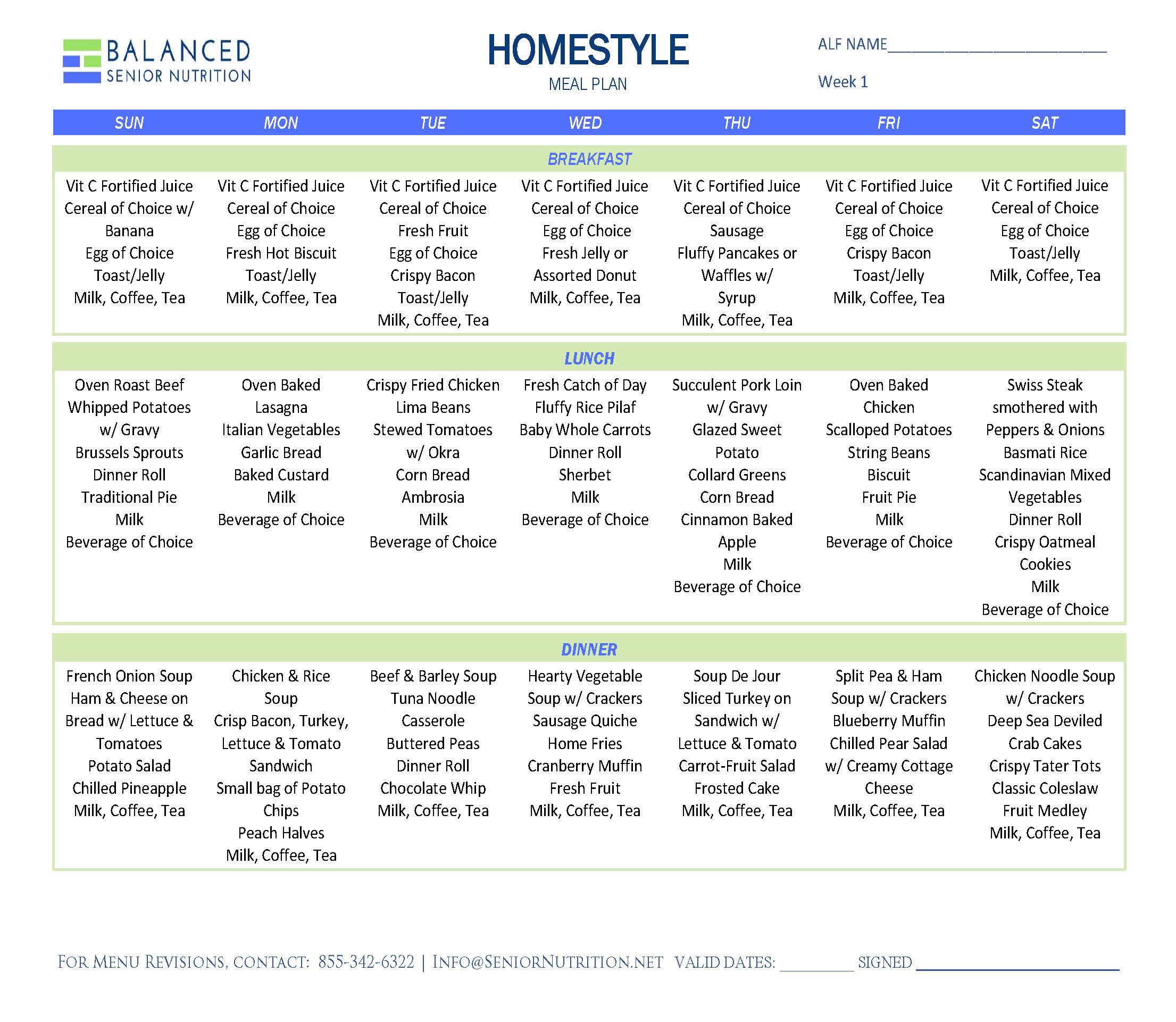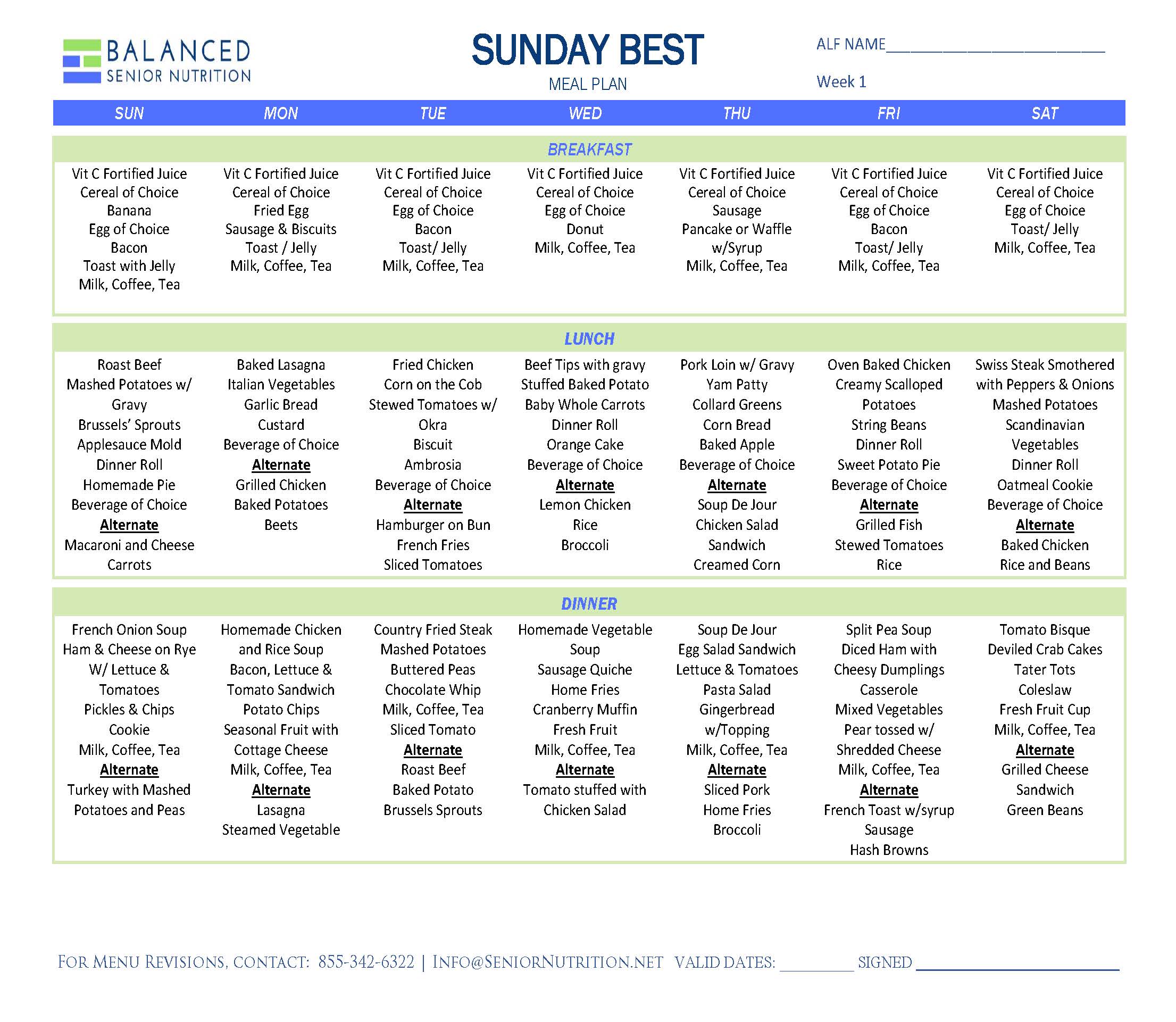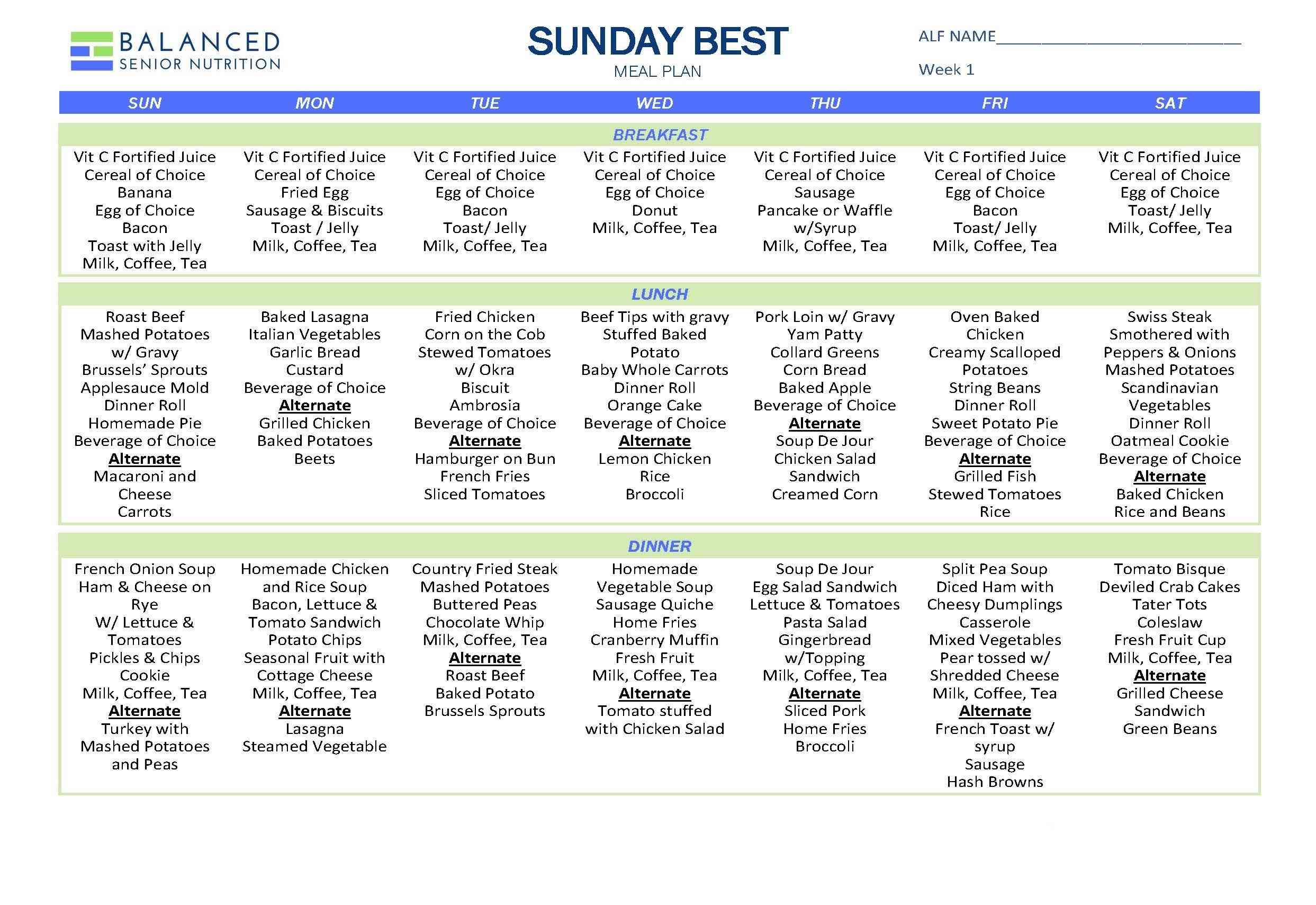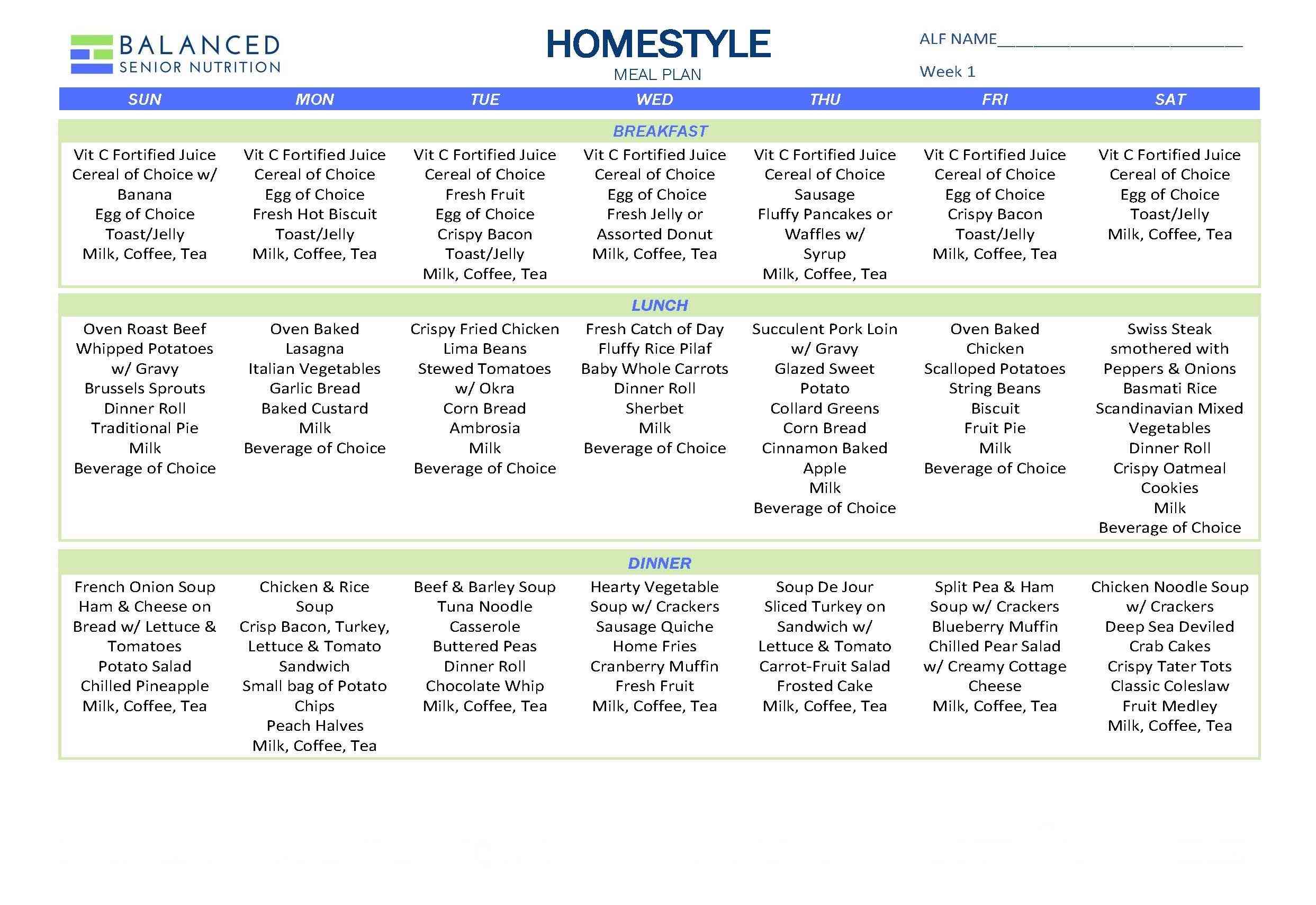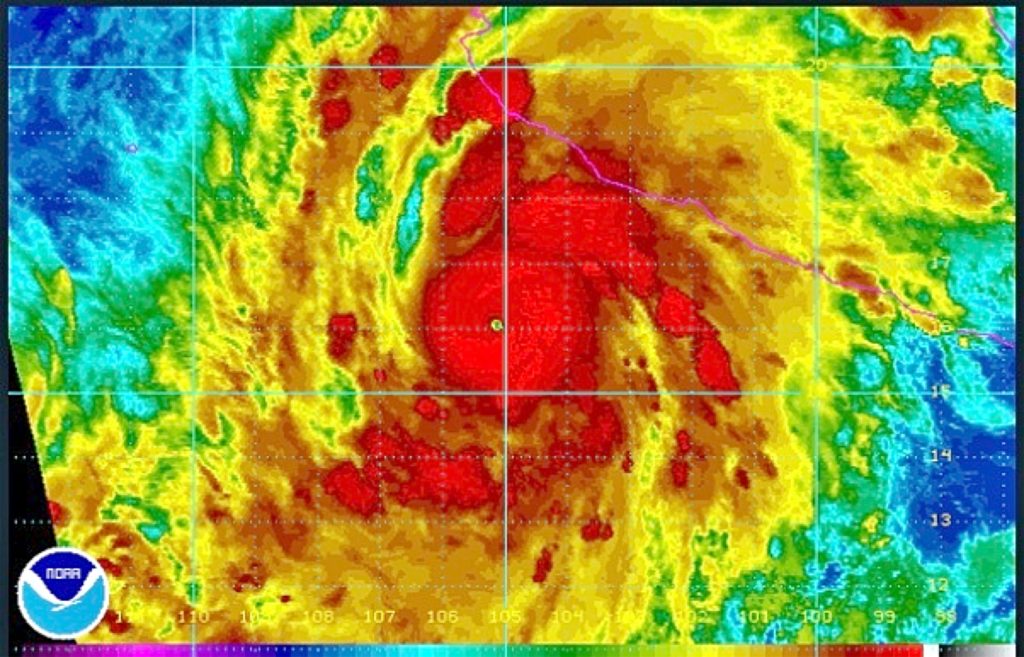
A Dietary Manager’s Disaster Diary
Long-Term Care Community Hurricane Tips From Someone Who Has Weathered the Storms
In 2004, four hurricanes struck Florida where Charlie Griffee worked as a dietary manager. During that harrowing experience, Charlie learned quite a bit about what it takes to manage dining services at a long term care community during an emergency. He shared those lessons to make it easier for other dining managers to successfully navigate the storm.
Here is a list of the tips and takeaways Charlie gained from his experience at a nursing home during that traumatic time.
Before storm season:
1. Get forehead strap LED lights for all key staff. Wait to issue them until needed. Try holding a flashlight in your mouth while opening a #10 case and you’ll see what I mean.
2. Have your dry goods in place. Plan a good simple menu for two or three days’ meals that can be repeated to cut down on inventory.
3. If your coolers are on generator power, you will probably be using them all during the storm but have your backup in the facility.
4. City water will probably be available during the storm but not likely after the storm. Don’t use your bottled water until necessary. If you have 5-gallon bags that can be used for water, time how long it takes to fill one and take that estimation into consideration. Wait as long as you can before filling them. Empty milk crates work well as dispensers for water bags. Full bags can also be used as sandbags if water starts coming under door sills.
5. Buy 3 or 4 cases of very thick garbage bags to store waste paper so that it can be moved several times without falling apart. Keep these bags separate until the storm hits.
6. Determine if the ice machine can be operated by the generator and also buy several drawstring ice bags (10 or 20 lb sizes).
7. The conventional gas oven and range top will probably be your most important piece of equipment when power goes to your generator (220 volt equipment will probably not work). Build your menu accordingly.
8. Be prepared that your dishwasher will probably not work. It will be in a dark room or will not have hot water (especially no booster hot water).
9. Have your storm staff and your reliable relief staff all set up. Keep your emergency contact list up to date. Download our simple emergency contact spreadsheet form here.
10. Determine where you will store bags of trash because going outside will not be possible during a storm.
When you know the storm is coming:
Order or purchase enough foam clamshell containers to last 4 days (usually 150 per case) including staff meals. Have foam cups, 4oz soufflés and lids.
If you have enough help to bag or wrap plastic ware, save the money and don’t buy the kits.
Air conditioning will not be working on generator, so have staff bring extra clothing and their own pillow in the event that they cannot leave.

